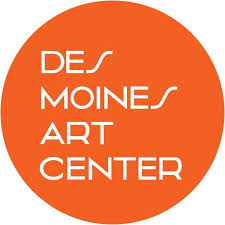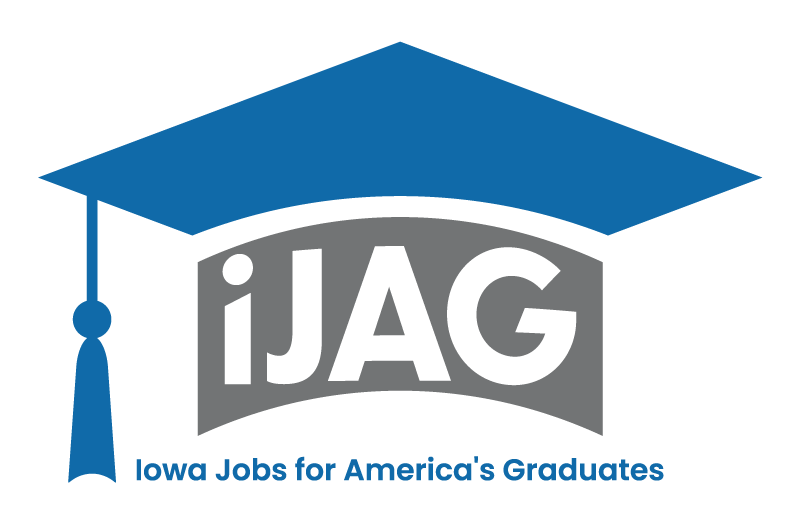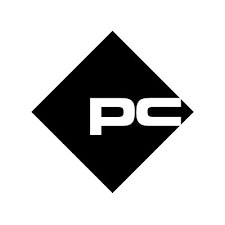Pop-up orchestras, surprise cultural moments? Bravo releases cultural assessment

Greater Des Moines could see pop-up concerts and other cultural niceties pop up in unexpected places, any day, as part of a new initiative.
“Creative collisions” along sidewalks, trails, neighborhoods, parks and hubs could mean sidewalk chalk, a town troubadour, or mini-orchestras on the tops of buildings, or at a bus stop, perhaps. “We call it ‘habitual spontaneity,'” said Sally Dix, executive director of Bravo Greater Des Moines.
It could be anything that would build on the already successful City Sounds public pianos, the ArtRoute downtown and in West Des Moines, and public art on buses and along trails.
That’s some of the buzz from a long-awaited regional cultural assessment released today by Bravo and Drake University, whose president, Marty Martin, led the steering committee.
The new report combined input from 800 community members and the work of Minneapolis-based Creative Community Builders to look for ways to build an art and cultural scene that Americans for the Arts found already is a $185 million annual economic boost to the area. The report focuses on four main areas:
— Everyday, everywhere art. This is the idea of spreading art around the area, in places and perhaps at times that would surprise people. It also has to do with encouraging cooperation among groups, and assessing and mapping current offerings.
— Strengthen the creative economy. This would include, among other things, targeted recruiting of creative people for the workforce, changing city codes to encourage art-related businesses, and considering the construction of an exhibition venue holding 400 to 1,000 people.
— Cultural tapestry. This has to do with supporting arts, culture and heritage in a diverse, accessible, inclusive and equitable way.
— Youth connections. The idea is to assess school programs and to work with the EDGE program and others to improve teaching related to arts, cultural and heritage.
Martin and Dix said the report won’t sit on the shelf. In fact, the steering committee came up with $65,000, to go along with $50,000 from Bravo, for pilot projects. Details on those are still jelling. Plans call for six to 10 “creative collisions” to give us all the idea of what excitement unexpected art could bring.
“There is really intense interest in this,” Martin said. “It’s one of the things that make us so pleased to be here. The community has its game on when it comes to art and culture.”
Dix said the methodical assessment was intended to build on the strengths of the community. “We didn’t know what support the arts and culture communities needed besides funding,” said Dix. “The idea was to leverage those for quality of life and economic development. The Cultural Capital committee, co-chaired by Dix, and the visioning effort Capital Crossroads will coordinate the effort.
“I’ve said all along that we need a great city and a great university,” Martin said. “We want to see this community flourish. The more vibrant Des Moines is, the better it is for Drake. It helps attract and retain staff and students.”
The study involved the area covered by Bravo’s partner communities that support the organization’s work with hotel-motel tax receipts: Polk County, Altoona, Ankeny, Bondurant, Carlisle, Clive, Des Moines, Grimes, Indianola, Johnston, Norwalk, Pleasant Hill, Polk City, Urbandale, Waukee, West Des Moines and Windsor Heights.
Members of the steering committee included:
Marty Martin, president, Drake University, chairman.
Pamela Bass-Bookey, president, Temple for Performing Arts LLC.
Jay Byers, CEO, Greater Des Moines Partnership.
Tim Heaston, vice president and CFO, ITA Group.
Myrna Johnson, executive director, Iowa Public Radio.
Izaah Knox, executive director, Urban Dreams.
Sharon Krause, owner, Dalla Terra Ranch.
Jeff Russell, president and CEO, Delta Dental of Iowa.
Brian Waller, president, Technology Association of Iowa.









